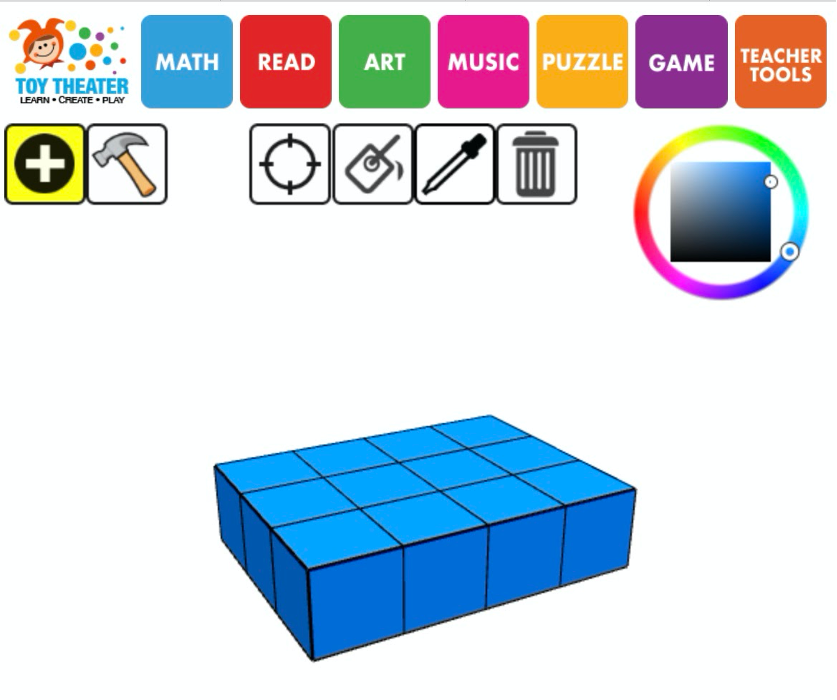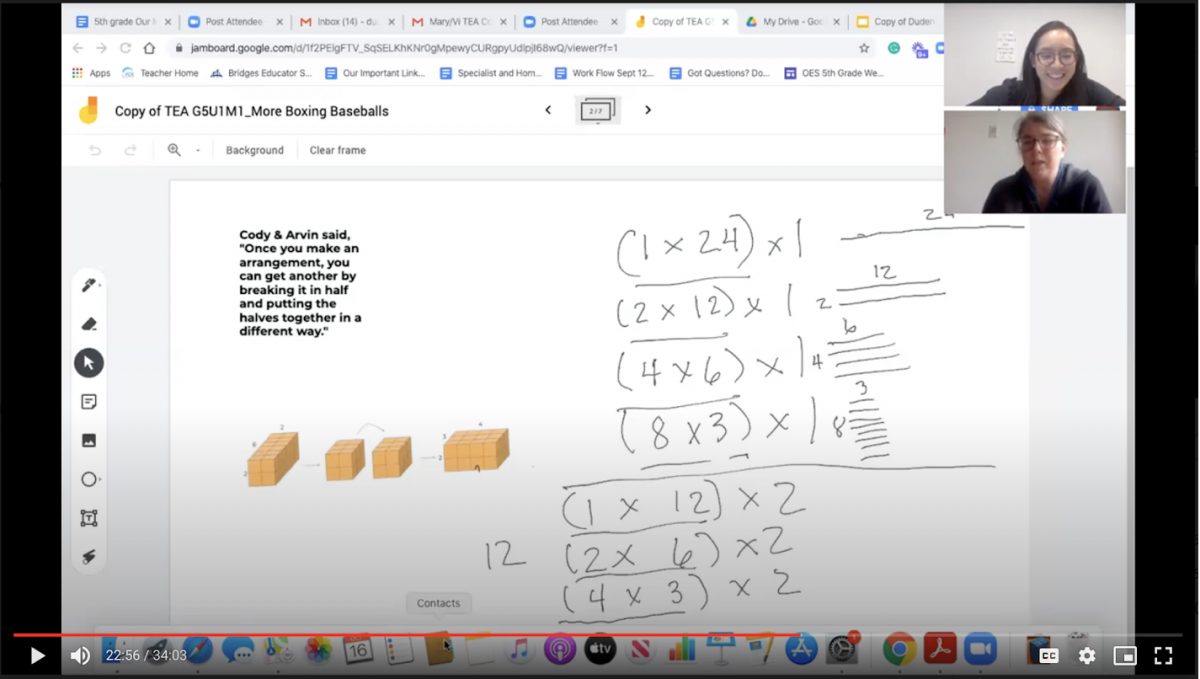
Using Remote Learning Resources to Support Mathematical Discourse
Editor's note: In this series of blog posts, we highlight educators in the field who are using remote learning resources intentionally to build classroom community, collaboration, and student sense-making.
Educators share with us that one of the aspects of the Bridges classroom they miss the most this year is their turn-and-talk routine. Teachers wish they could hear the voices of their students sharing their thinking, and many students wish they had the opportunity to process their thinking before discussion with the larger group. This year, many Bridges educators are wondering, “How do I give my students opportunities to develop their rough draft ideas? How do I support mathematical discourse in my classroom community?”
Mary Duden is one of these Bridges educators. Mary is a 5th grade teacher from Oregon. This year, she’s teaching two groups of students during a live Zoom session for 45 minutes each day. She also prepares one daily asynchronous math activity for her students.
When Mary sat down to review the Grade 5, Unit 1, Module 1 tech-enhanced activity (TEA), Boxing Baseballs & More Baseball Boxes, she considered how she might use this digital resource as a way to develop classroom discourse. “My choice,” she explained, “[was] to make the discussion be about how to really value the ideas that are brought by your classmates, how to listen to understand them.” Mary anticipated that this focus would lengthen the discussion time on Zoom, but she felt strongly that this instructional move would be worth the time if she could set up the right learning environment for her students.
What stood out to Mary the most about using this TEA was how it became a catalyst for discussion. The TEA provided visuals that “helped kids make sense of dimensions, expressions, and models” and supported students in seeing the possible dimensions for the boxes. As she popped into Zoom breakout rooms and listened in to students’ conversations, she found that her students were eagerly digging in, collaborating and sharing their thinking. The structure of the TEA motivated students to stay on task and on target. “Students appreciated that it was their work they were discussing,” she shared. As a result, Mary was able to use the TEAs as a resource to reach her instructional goal at the start of the year—setting a structure for rich mathematical discourse.

In Grade 5, Unit 1, Module 1, students build rectangular boxes with the same volume. They notice patterns that support them in finding all the possible prisms. In the tech-enhanced activity, students use an online app (such as Toy Theater’s Cube app) to construct the rectangular prisms.
Mary facilitated Part 3 of this activity synchronously by calling on students to unpack their peer’s thinking and to consider what they understood and where they needed clarification. She gave students sentence stems to support discussion (e.g., The part that is making sense to me is … The part that is not making sense to me is …).
To address students’ varying levels of comfort, Mary also made sure to provide options for how they would participate. Students had the option to participate verbally, share privately in a Zoom chat, or share in a public Zoom chat with their teacher and classmates. In providing multiple avenues for expression, Mary’s intent was to help students develop confidence at this early stage of the year. “I notice that I usually have at least 4–5 students who consistently write privately to me. I think this feels safer to them, almost as if they are chatting privately to me with their thoughts.” As she’s continued giving students this option in remote learning, she notes the incredible payoff. Students who tend to stay quiet are taking risks and opening up to Mary via private chat, sharing strategies that are “gems.” “I think this online teaching move has a huge impact,” she elaborates. “I may never have heard some of these ideas from my quieter students. Some kids need that safety to take risks privately.”
To facilitate a Zoom discussion, Mary used Jamboard to annotate as students explain their thinking and approach. Jamboard’s pen tool allowed her to quickly sketch arrangements alongside expressions to describe the rectangular boxes from the task. She found the annotations to be a springboard for her students to recognize the patterns other students discovered. She describes the aha moment: “You could just see the kids in the Zoom box … ‘Oh! I see a pattern!’” Using the Jamboard annotation to support students sharing their thinking was the highlight of this session.
Her students are now thinking of how they can use technological tools such as Google Slides and Jamboard to more effectively share and explain their mathematical thinking. They are excited to participate in sense-making with their peers—and they feel safe to do so. Mary remains committed to finding opportunities for students to develop their ideas and to support them in engaging mathematical discourse in their classroom.
Tech-enhanced activities (TEAs) are organized by grade level under the Resources & Support for 2020–21 section of the BES homepage (login required).
